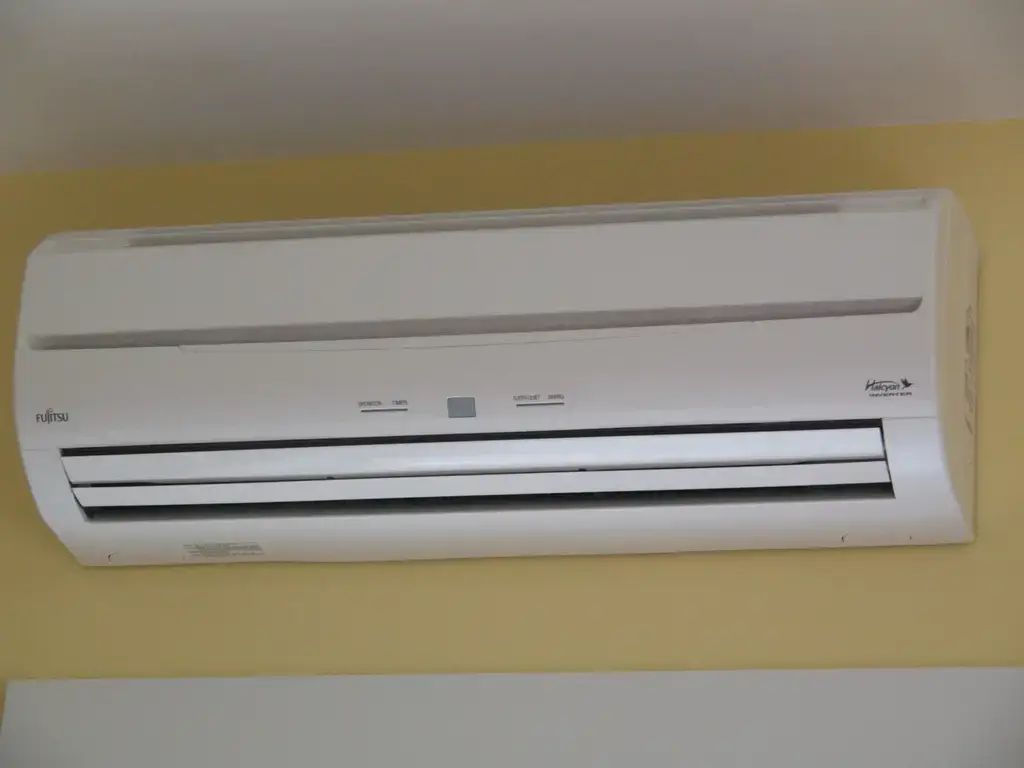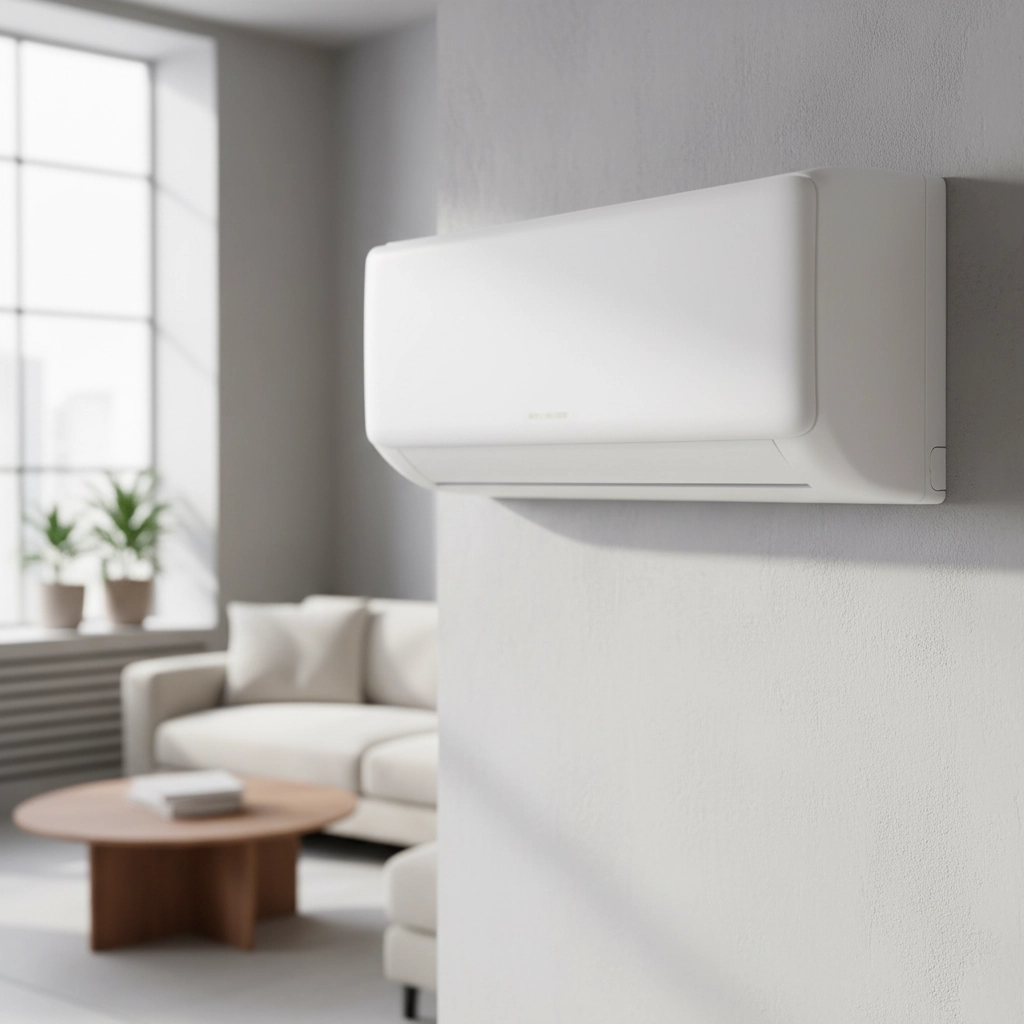Are Mini-Splits Worth It? Here’s What Central Texas Homeowners Need to Know
You’ve probably seen those sleek wall-mounted units in some homes and wondered: are mini-splits actually worth the investment? With Texas energy bills climbing every summer and more homeowners looking for efficient cooling solutions, this question comes up a lot in our service calls.
Here’s the straight answer: for many Central Texas homes, mini-splits can be a game-changer. But like any HVAC decision, it depends on your specific situation. Let’s break down everything you need to know to make the right choice for your home.
What Makes Mini-Splits Different?
Unlike traditional central air systems that push cooled air through a network of ducts, mini-splits deliver conditioned air directly into each room. Think of them as individual air conditioners for specific zones in your home, all controlled by one or more outdoor units.
The system consists of an outdoor condenser connected to one or more indoor units via refrigerant lines. Each indoor unit can be controlled independently, giving you precise temperature control room by room. Read more about how mini splits are designed to work here.
The Energy Efficiency Game-Changer
Here’s where mini-splits really shine in our Texas climate. While traditional central AC systems average a SEER2 rating of 16, quality mini-splits typically hit SEER2 20 or higher. That’s a significant efficiency boost that translates directly to lower electric bills.
But the real energy savings come from eliminating ductwork losses. Central air systems lose up to 30% of their cooled air through duct leaks, gaps, and poor insulation – especially common in older Austin-area homes. Mini-splits bypass this problem entirely by delivering conditioned air directly where you need it.
Many of our customers see 25-40% reductions in their cooling costs after switching to mini-splits, particularly when they’re only cooling the spaces they actually use.
Cost Comparison: The Numbers You Need to Know
Let’s talk money. Mini-split installation typically runs around $4,000 for a single-zone system, while multi-zone systems can range from $6,000-$12,000 depending on how many indoor units you need.
Compare that to central AC replacement, which often hits $8,000-$16,000 for homes with existing ductwork. If your home needs new ducts installed, you’re looking at quite a bit more.
For homes without existing ductwork – like garage conversions, sunrooms, or new additions – mini-splits are usually the most cost-effective solution by far.
Perfect Scenarios for Mini-Splits
Zone Cooling Champions
Mini-splits excel when you want different temperatures in different areas. Got a home office that needs extra cooling during the day? A master bedroom that runs warmer than the rest of the house? Mini-splits let you customize comfort without overcooling unused spaces.
Homes Without Existing Ducts
If you’re dealing with additions, converted spaces, or older homes without central air, mini-splits often make the most sense. Installing ductwork can be expensive, disruptive, and sometimes impossible depending on your home’s structure.
Energy-Conscious Households
For families focused on reducing their carbon footprint and utility bills, mini-splits deliver impressive efficiency gains. The ability to cool only occupied rooms can slash energy consumption, especially in larger homes where family members tend to congregate in specific areas.
When Central Air Might Still Be Your Best Bet
Mini-splits aren’t always the answer. Large homes that need consistent whole-house cooling might benefit more from a well-designed central system. If you already have efficient ductwork in good condition, replacing your central AC might be more cost-effective than switching to mini-splits throughout the entire home.
Central air also wins on aesthetics if you prefer a completely hidden HVAC system. While modern mini-splits are much more attractive than older models, they’re still visible on your walls or ceiling.
Installation and Maintenance Reality Check
Mini-split installation is generally faster and less invasive than central AC replacement. Most single-zone systems can be installed in a few hours, while multi-zone systems typically take a full day.
The process involves mounting the indoor unit, installing the outdoor condenser, and running refrigerant lines between them. Professional installation is crucial – improper refrigerant handling can damage the system and void warranties.
Maintenance is refreshingly simple. Clean or replace the filters monthly (they’re usually washable), keep the outdoor unit clear of debris, and schedule annual professional tune-ups. No ductwork cleaning, no worrying about leaky connections throughout your home. Every few years the blower will be due for cleaning.
Comfort Beyond Just Temperature
Mini-splits excel at humidity control, which matters a lot in our Central Texas climate. They remove moisture more efficiently than central systems, making your home feel more comfortable at higher thermostat settings. This translates to additional energy savings and better indoor air quality.
Many of our customers also appreciate how quiet mini-splits run. The indoor units are whisper-quiet compared to the whoosh of air through ducts and vents with central systems.
The Accu-Temp Approach: No Pressure, Just Facts
When homeowners ask us about mini-splits versus central air, we take time to understand their specific needs, budget, and home layout. Sometimes mini-splits are perfect. Sometimes central air makes more sense. Often, a hybrid approach works best – keeping central air for main living areas while adding mini-splits for problematic rooms or additions.
Our goal is helping you make the right decision for your family, not pushing whatever system has the highest profit margin. We’ll assess your home’s layout, existing HVAC infrastructure, usage patterns, and budget constraints to recommend the most practical solution.
Making Your Decision
Consider mini-splits if you:
- Want significant energy savings (potentially 25-40% reduction in cooling costs)
- Need cooling for specific rooms or areas not connected to existing ductwork
- Prefer individual temperature control for different family members or areas
- Live in a smaller home or frequently use only certain rooms
- Are adding onto your home or converting existing space
Stick with central air if you:
- Have a large home requiring consistent whole-house cooling
- Already have efficient, well-maintained ductwork
- Strongly prefer completely hidden HVAC equipment
- Need comprehensive whole-house air filtration
Bottom Line for Central Texas Homeowners
Mini-splits represent excellent value for many Austin-area homes, especially given our long cooling seasons and rising energy costs. The combination of superior efficiency, lower installation costs, and flexible zoning capabilities makes them attractive for homes without existing ductwork or those seeking targeted cooling solutions.
The key is matching the right system to your specific situation. Whether that’s mini-splits, central air, or a combination of both, the goal is keeping your family comfortable without breaking the bank on energy bills.
Ready to explore your options? We’re here to provide honest assessments and practical solutions that fit your home and budget. No pressure, no sales pitches – just straightforward advice from local HVAC professionals who understand Central Texas homes.





